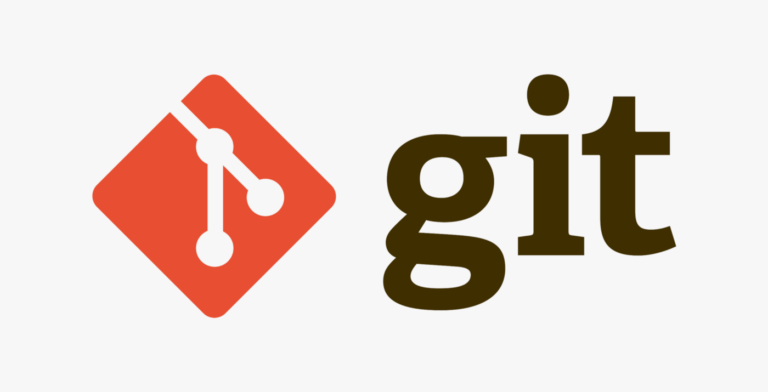Web Development 101: Understanding HTTP, Cookies, and Sessions
In the realm of web development, the HTTP protocol reigns supreme, providing the backbone for communication between browsers and servers. However, one inherent challenge persists: HTTP is a stateless protocol. This means that each request is independent, and the web application server cannot discern whether two requests originate from the same browser or user.
In this blog post, we delve into:
- The intricacies of managing user sessions
- The role of cookies
- Emergence of server-side sessions to address the limitations of HTTP’s statelessness.
- Enhancing security
The Cookie Solution:
To tackle the inconvenience of users having to log in for every request, developers have turned to cookies as a practical solution. These are not the delightful treats you eat but rather key-value pairs stored on the user’s browser. The process involves the user logging into the frontend application, which then sends a request to the backend server. The server responds by generating a cookie, which is set on the browser via the Set-Cookie response header. Subsequent requests from the user include this cookie in the header, allowing the server to identify and respond with the required data.
However, the Achilles’ heel of cookies lies in their accessibility via the browser, making them susceptible to modification. Storing sensitive user data in cookies is therefore not recommended due to security concerns.
Introducing Sessions:
Enter sessions, a robust alternative designed to address the limitations of cookies. A session comprises a unique set of characters that identify the user. The process begins with the user making a login request, and the backend server, in turn, creates a session using a secret key, storing it in a session storage, such as a database or cache. The server then sends a cookie containing the unique session identifier back to the client. Subsequent requests include this session ID in the cookie, enabling the server to validate the session’s legitimacy.
Key Points to Consider:
Security Measures with Cookies:
- Cookies can have a “Secure” flag, ensuring they are only sent over HTTPS, enhancing security.
- “HttpOnly” cookies restrict access to JavaScript, mitigating the risk of XSS attacks.
Privacy Concerns with Cookies:
- Cookies, especially third-party ones, raise privacy concerns as they can be exploited to track user behavior.
Server-Side Sessions for Enhanced Security:
- Server-side sessions provide additional security layers against CSRF attacks and safeguard sensitive information.
- Centralized management allows for the invalidation, expiration, or revocation of sessions when needed.
In the ever-evolving landscape of web development, understanding the dynamics of HTTP, cookies, and sessions is crucial for building secure and user-friendly applications. While cookies offer a convenient solution, server-side sessions emerge as a more secure alternative, providing developers with the tools to manage user sessions effectively. By implementing these strategies, developers can strike a balance between user convenience and robust security in their web applications.
To learn more about web development, consider checking out our Software Development program.







